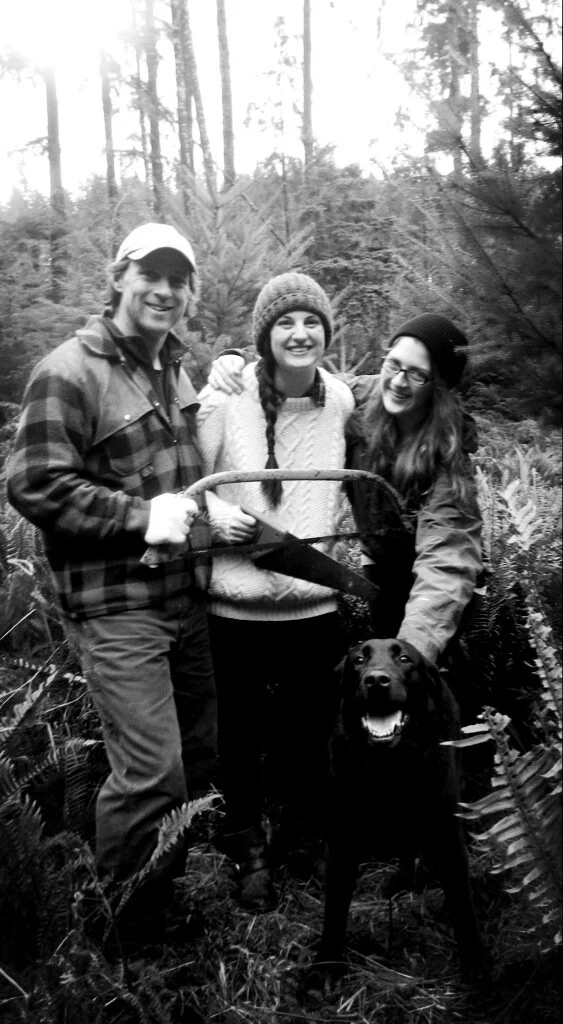
With the first one established on Quadra Island in 1987, woodlots have been part of our community for over 30 years.
Woodlots on Quadra Island
The first woodlot was established on Quadra Island in 1987. Since that time, the program has expanded to 11 thriving woodlot licences. Located within or adjacent to urban interface areas with sensitive resource management issues, they are managed sustainably and responsibly by individuals and families with ties to the local community. Our licensees strive to balance sustainable forest management with environmental, social, and economic values.
Building prosperous communities
Woodlot licences are a form of small business, contributing to the BC economy and rural communities. Approximately 1,000 families rely on woodlots for all or part of their livelihood. Licensees hire locally, acquire goods and services from local suppliers, and invest back into the communities in which they live, making a contribution of $50M+/year to local economies.
A tradition of forestry excellence
Woodlot licensees are governed by, and often exceed, strict guidelines that promote sustainable management of the forests and the ecosystem services they supply: timber, biodiversity, recreation, cultural heritage, visual quality, fish and wildlife, forage, soils, and water. They are responsible for reforesting all of the areas they harvest, maintaining roads, and fire prevention. Management, products, and services are informed by local values. Some licensees operate their own small sawmills that provide lumber to value-added producers and local manufacturers. Some licensees manage non-timber forest products such as maple and birch syrups, mushrooms, and specialty plant and wood products as well.
Striving to be BC’s best managed forests
A woodlot licence is an agreement between an individual/organization and the BC government to manage a small area-based Crown tenure, granting exclusive rights to harvest and manage timber to the licence holder. Ranging in size from 400 to 800 ha, BC Woodlots Licences collectively represent ~1,408,783 cubic meters (2016) of the province’s Annual Allowable Cut (AAC) and manage over 600,000 hectares (ha) of provincial forestland adjacent to rural communities. Licensees represent a diverse group and tend to take a personal, small-scale approach to resource management.
“Through local associations and the Federation of BC Woodlot Associations, the woodlot program is also a proud supporter of youth by awarding scholarships each year to two students pursuing a post secondary education, with preference given to a forestry-related program”

























